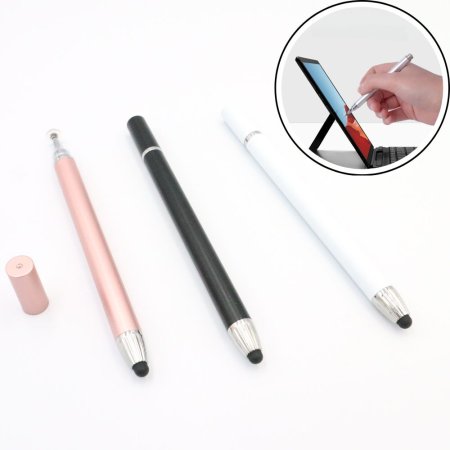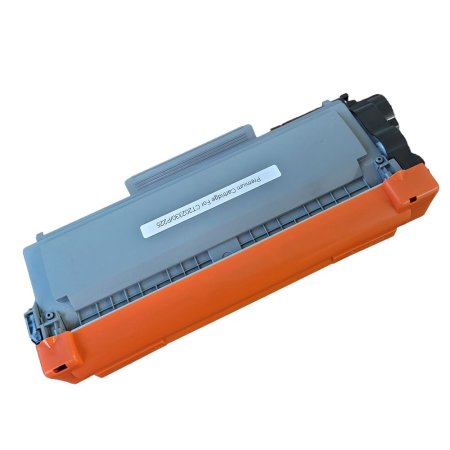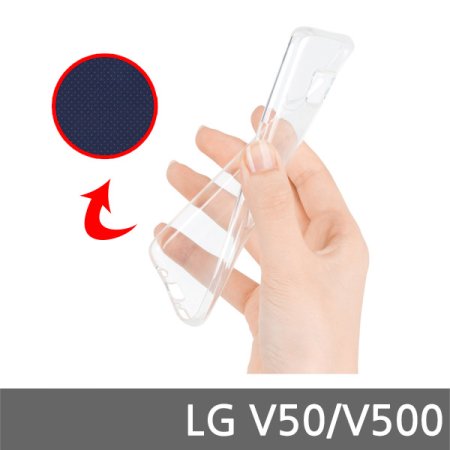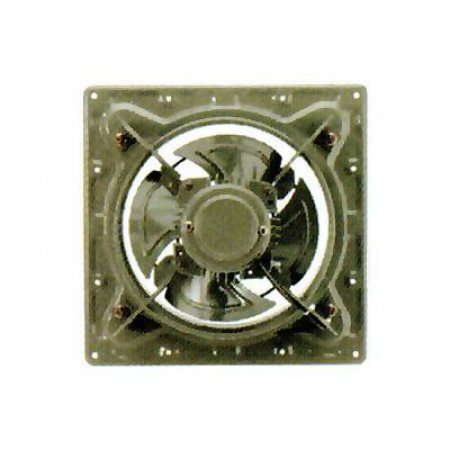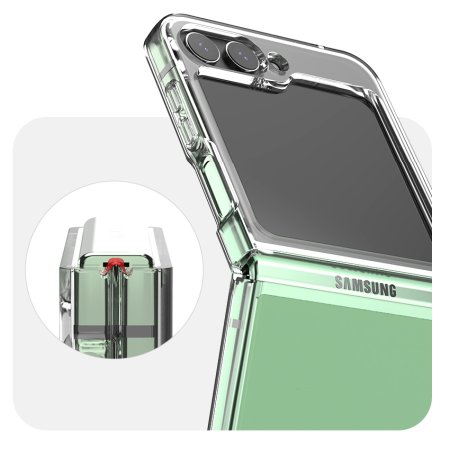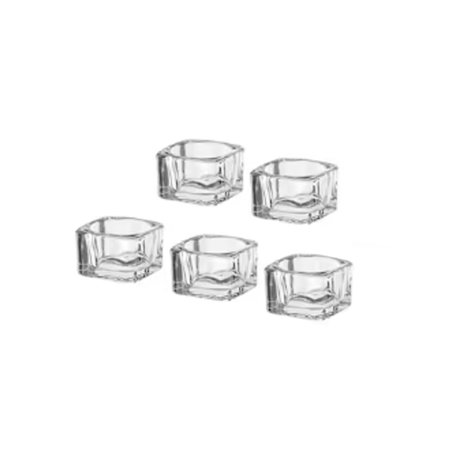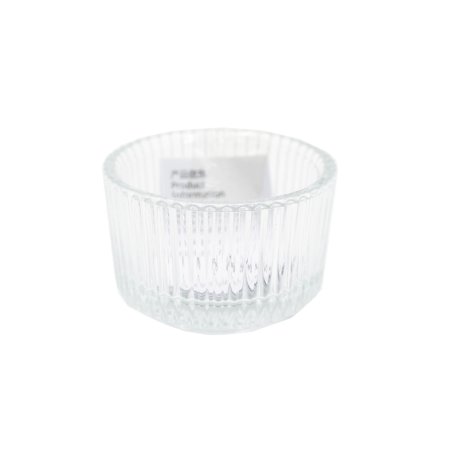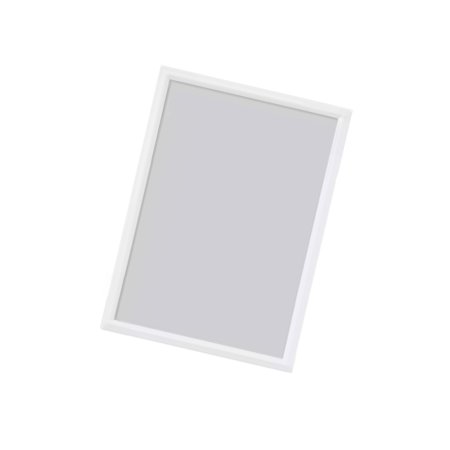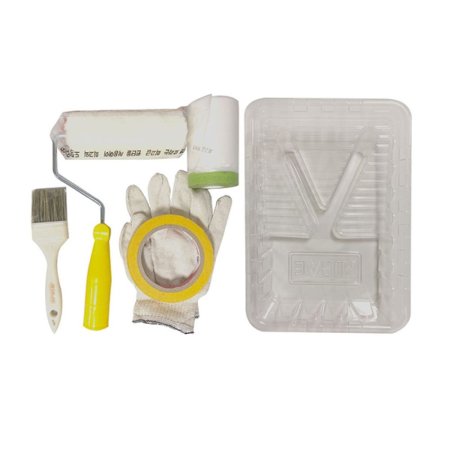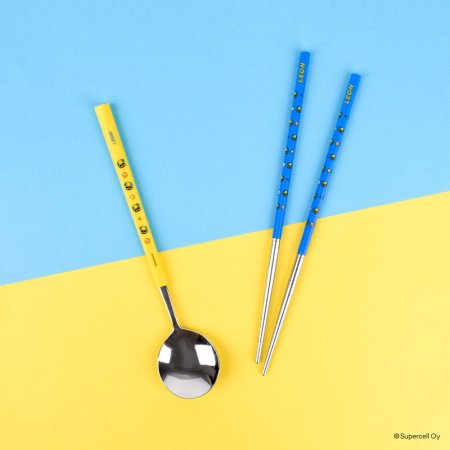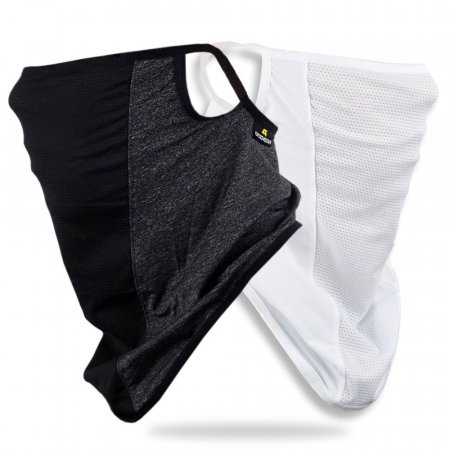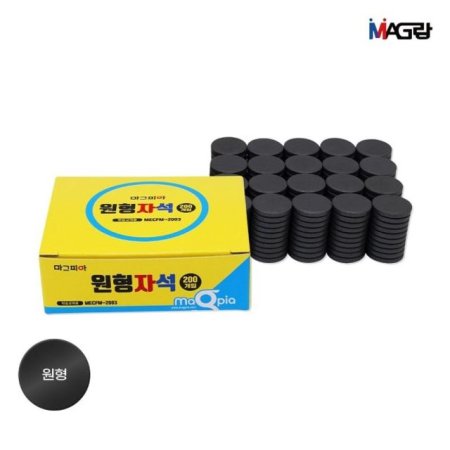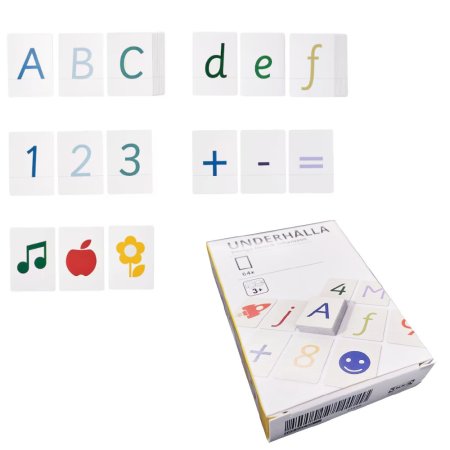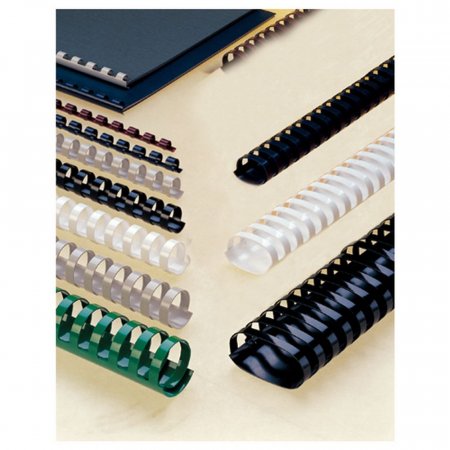Shielded assets: Counter-hypersonic and BMD sensors in the Asia-Pacifi…
This schematic shows components of the proposed Defense of Guam (DoG) programme to neutralise incoming ballistic, hypersonic, and cruise missile threats. (Janes)
The United States has embarked on a plan to protect its assets and those of its allies in the Indo-Pacific amid escalating regional security threats. Central to this plan is securing the base of the US 7th Fleet in Guam by providing a multilayered air-defence shield against threats ranging from ballistic missiles to hypersonic glide weapons and cruise missiles.
As part of the US defence budget for fiscal year (FY) 2024, the US Missile Defense Agency (MDA) has been allocated resources for expanded capability in ballistic missile defence (BMD) and hypersonic missile defence. The US Army is responsible for cruise missile defence with the Patriot and AN/MPQ-64 Sentinel radar systems. To boost survivability, the MDA has proposed a novel distributed command-and-control (C2) architecture featuring underground missile launchers and mobile C2 sites.
Long-range discrimination radar (LRDR)
According to FY 2024 budget documents, the Guam-deployed Aegis Ashore programme – designated ‘Aegis Guam' – will feature radars based on Lockheed Martin's AN/SPY-7 system. The SPY-7, which is an improved SPY-1 radar (also developed by Lockheed Martin), features an active electronically scanned array (AESA) front-end that is intended to be fitted on newbuild Aegis-capable warships.
Jason Wrigley, Lockheed Martin's director of business development, told Janes, “[SPY-7] is the radar that will go on the Aegis systems in Spain for their F-110 class [frigate], the Canadian surface combatant, and the two new ships in Japan.”























